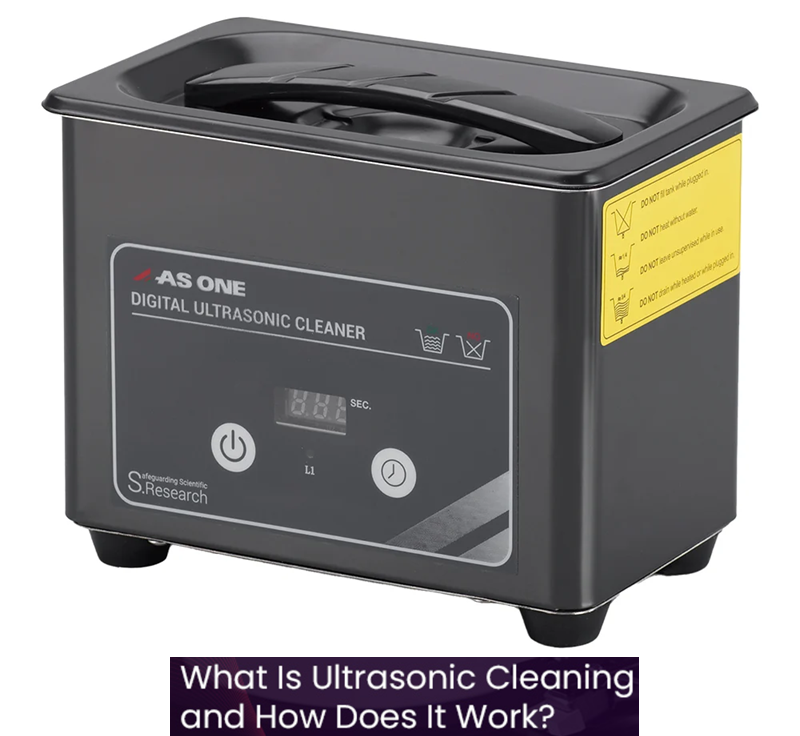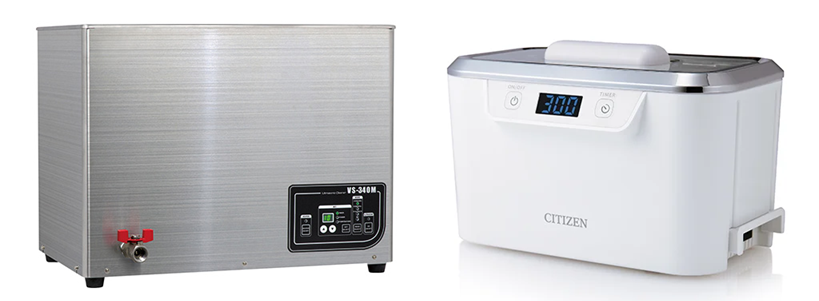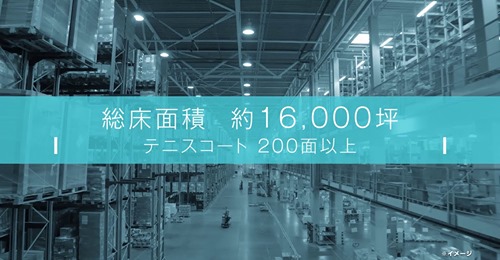
1/ Overview and Applications
Ultrasonic cleaning tanks (Ultrasonic Cleaner) harness high-frequency sound waves to remove contaminants from virtually any surface. Through cavitation and microstreaming, they dislodge oils, oxides, particulates, biofilms, and residues without manual scrubbing or harsh mechanical action.
Key application areas:
- Precision engineering (aerospace fasteners, fuel injectors)
- Electronics (PCBs, connectors, semiconductor wafers)
- Medical and dental instruments (surgical tools, endoscopes)
- Laboratories (glassware, centrifuge parts)
- Jewelry and optics (gemstones, lenses)
2/ Operating Principles
2.1/ Cavitation
Sonic transducers convert electrical energy into alternating pressure waves above 20 kHz. In liquid, alternating negative/positive pressure cycles generate and collapse microbubbles - cavitation - that create microjets and shockwaves to eject contaminants.
2.2/ Acoustic Streaming
Beyond cavitation, steady fluid flow (acoustic streaming) enhances mass transport, carrying loosened debris away from surfaces and preventing re-deposition.
3/ System Components
3.1/ Tank and Materials
- Typically 304 or 316 stainless steel for corrosion resistance and mechanical strength
- Wall thickness (1 - 3mm) to minimize vibration loss
3.2/ Transducers
- Piezoelectric (PZT) or magnetostrictive elements bonded to the tank’s underside
- Arrayed uniformly for even vibrational coverage
3.3/ Generator
- Converts mains (50/60 Hz) to stable ultrasonic frequencies (20 - 200 kHz)
- Adjustable output for continuous or pulsed modes
3.4/ Heating Elements
- Immersed resistive heaters or external jackets
- Maintain optimal solution temperature (typically 40 - 60°C)
3.5/ Control Interface
- Digital or analog timers, power level and temperature settings
- Some models include programmable sequences and IoT connectivity
3.6/ Baskets & Fixtures
- Wire mesh or perforated trays to suspend parts at least 20mm above tank bottom
- Custom fixturing to secure irregular geometries
4/ Cleaning Fluids and Chemistry
4.1/ Fluid Basics
- Deionized water as base to prevent mineral deposits
- Surfactants reduce surface tension, aiding cavitation
4.2/ Detergent Categories
- Neutral: safe for most metals, plastics
- Alkaline: removes oils, greases; avoid aluminum
- Acidic: descaling and oxide removal; avoid stainless steel pitting
4.3/ Concentrations & Additives
- Typical detergent load: 0.5 - 3% by volume
- Anti-foam agents when excessive foaming impairs cavitation
|
Material |
Recommended Chemistry |
Notes |
|---|---|---|
|
Stainless Steel |
Neutral or mild alkaline |
Avoid strong acids >2% |
|
Aluminum |
Neutral or mild acid |
pH 4–6 to prevent etching |
|
Plastics/Rubber |
Neutral only |
No solvents that swell polymers |
5/ Process Optimization & Best Practices
- Degassing: Run empty tank 2 - 5 minutes before loading to remove dissolved gases.
- Pre-Soak: For heavy soils, pre-soak parts in warm detergent.
- Multi-Stage Cleaning: Clean → Rinse → Ultrasonic rinse → Dry.
- Rinse Tanks: Use cascade or counter flow rinsing to avoid cross contamination.
- Drying: Air blowers, vacuum ovens, or clean air cabinets.
- Lubrication: Reapply as needed immediately after drying to prevent corrosion.

6/ Maintenance & Troubleshooting
6.1/ Routine Maintenance
- Daily tank drain and debris removal
- Weekly wipe down of interior surfaces
- Monthly check of transducer bonds and cable connections
6.2/ Common Issues
- No Cavitation: Check generator output, inspect transducer coupling, verify fluid level
- Uneven Cleaning: Inspect basket position, avoid overloading, rotate parts between runs
- Excessive Noise: Loose tank mounting or cracked transducers
7/ Safety Considerations
- Electrical grounding per IEC 61010
- Chemical handling with gloves, goggles, fume hoods for volatile detergents
- Hearing protection if operating at <40 kHz
- Never run dry - risk of tank damage and implosion
8/ Regulatory Standards
- CE marking for electrical safety (EMC, LVD)
- RoHS compliance for electronics
- ISO 17643 for ultrasonic non-destructive testing (related)
9/ System Design & Selection
9.1/ Tank Sizing
Match tank volume to batch size, allowing 20 - 30% headspace
9.2/ Power & Frequency Choice
- Bulk degreasing: 25 - 40 kHz, high power density (>=50 W/L)
- Fine contaminants: >=80 kHz, moderate power (10 - 30 W/L)
9.3/ Load Configuration
- Evenly spaced parts in baskets, avoid clustering
- Rotate or jig parts for complex geometries
10/ Performance Metrics
- Cleaning Rate: mass of soil removed per time unit (g/min)
- Surface Cleanliness: per ISO 16232 (particle counts) or ASTM F22 (gravimetric)
- Rinse Efficiency: conductivity or TOC measurements
11/ Emerging Trends & Future Directions
- Dual-frequency Systems: simultaneous low/high frequencies for multi-scale cleaning
- Pulsed Ultrasonics: optimized duty cycles reduce energy use, control bubble dynamics
- IoT & Smart Monitoring: real-time cavitation sensors, cloud analytics for predictive maintenance
- Green Cleaning Fluids: biodegradable surfactants, enzyme-based degreasers
- Microbubble & Nanobubble Techniques: enhanced penetration in micro gaps
By now you should know everything about Ultrasonic Cleaners. Choose your ultrasonic cleaner from renowned brands at QTE Technologies.
QTE Technologies is a proud global MRO provider, serving customers in over 180 countries and always striving to ensure a complete and satisfying customer experience. Established in 2010, we offer over 1 million products for every industry and science and technology. Additionally, you can reach us anytime via 24×7 chat support, phone, WhatsApp or email. Discover what our valued customers have to say about our services on our dedicated review page.
Author: Editorial Board of QTE Technologies (with a strong background in both engineering and innovation - over 15 years of experience).




